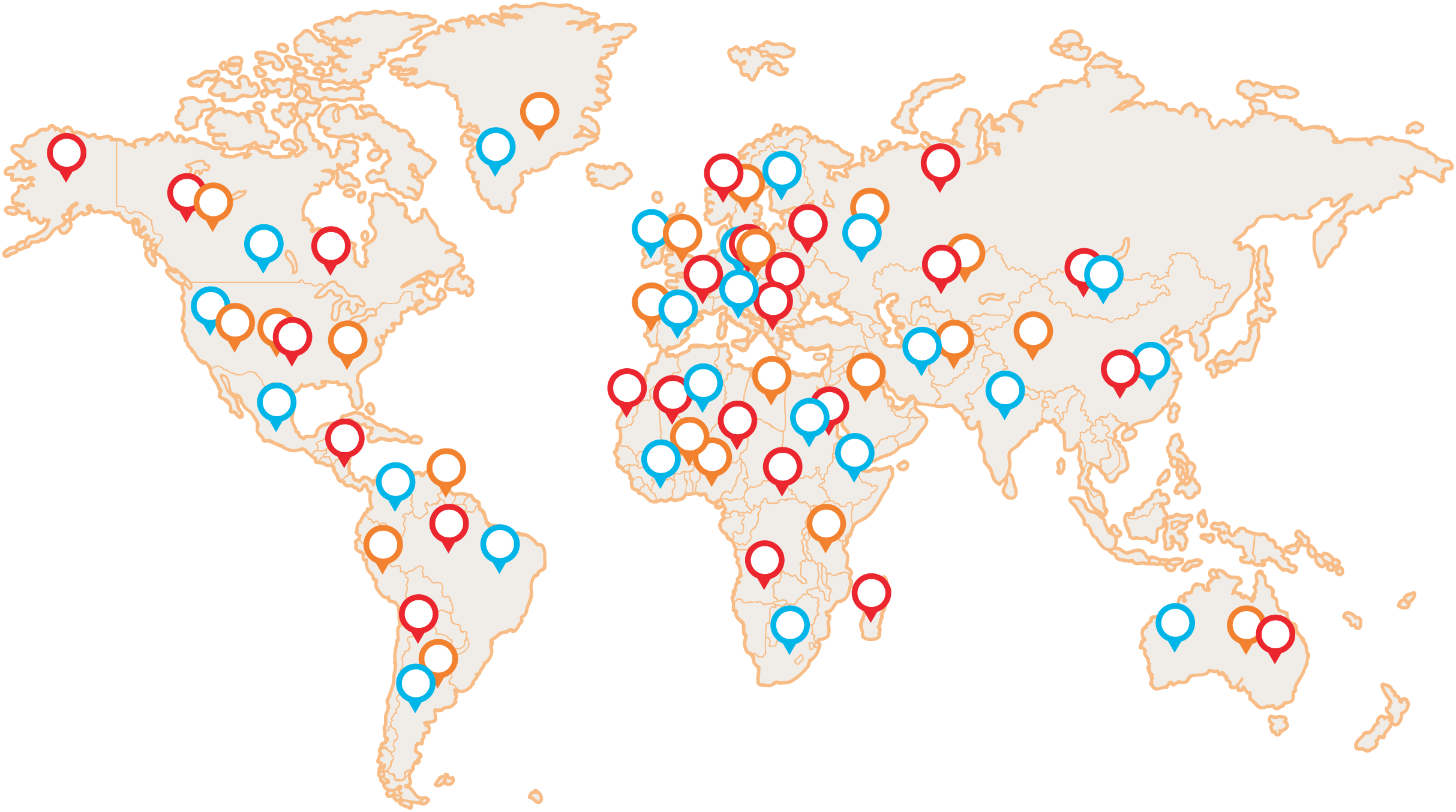Categories: gynecology, sexuality, fertility, psyche, nerves, insomnia, fatigue, urology, skin, heart and blood vessels, prevention, anti-aging, kidney system, heart system
Recipe use according to traditional Chinese medicine:
-warms Yang Kidney
-strengthens the essence of Ledvin
-clears empty heat/fire from Yin Ledvin deficiency
-replenishes blood
-regulates Ren Mai and Chong Mai (the path of conception and the central path)
Description:
This is a modern blend compiled by Dr. Zhang Bo-Ne at Shanghai University in the 1950s. It was originally intended for the treatment of hypertension (high blood pressure) in menopause, for which it works excellently and is directly irreplaceable. The latter is most often manifested by signs of insufficiency of the Yang, and at the same time by pronounced manifestations of heat (hot flashes, hot to burning sensation on the face, headaches, often expanding, irritability, fatigue, palpitations, insomnia...). Very quickly it was found to have a great effect on "balancing" hormonal levels, so it can also be used to regulate the pituitary gland in the treatment of polycystic ovaries, increased thyroid function or also in glomerulonephritis.
Why is this blend so special? Most herbal formulas used in menopause nourish the Kidney Yin; this blend uses a unique approach in which it replenishes the Kidney Yang (Cinnamon, Morinda and Beakwort), thereby withdrawing the rising empty fire from the deficiency of the Kidney Yin. Cinnamon also tonifies Yin and empirically significantly lowers blood pressure, while morinda replenishes the Kidney Yin essence).
From a modern perspective, Kidney Yang corresponds with cortisol from the cortex above the Kidneys, whose lower levels affect other hormonal levels and metabolic efficiency in general. This can be used in the early stages around menopause (called the perimenopausal period) as a prevention of more severe menopausal symptoms.
Indications:
-hot flashes
-night sweats ev. spontaneous sweating
-heart palpitations
-high blood pressure
-fatigue
-cold feet
-muscle weakness
-frequent urination, light urine
-irregular to absent menstruation
-dizziness, lightheadedness
-headaches
-tinnitus
-nervousness, irritability
-mood swings
-lethargy
-insomnia
Modern effects:
-hypertension
-especially perimenopausal
-menopause (disproportionate symptoms)
-amenorrhea
-infertility
-polycystic ovaries
-chronic glomerulonephritis and other nephritis
-nephropathy
-chronic pyelonephritis
-urinary tract infections
-aplastic anaemia
-psoriasis
-urticaria
-lupus erythematosus
Language:
-different according to Yin/Yang deficiency representation
Pulse:
-xi
-ruo event. xian
-shu (soft, weak, stringy, fast)
Contraindications:
-not known
Notes:
Administration of Er Xian Tang has been shown to have an antioxidant effect - reducing free radical levels, so it is also associated with an anti-aging effect. It not only relieves unpleasant symptoms associated with menopause, but also helps maintain a youthful appearance and beauty.
Recipe ingredients:
|
Edit by
|
Chinese
|
Czech
|
Latin
|
|
|
Xian Mao
|
|
Rhiz. curculiginis
|
|
|
Ba Ji Tian
|
morinda, root
|
Rad. morindae
|
|
|
Yin Yang Huo
|
Cinnamon, stem
|
Herb. epimedii
|
|
Yan
|
Zhi Mu
|
Anemarhena asphodella, rhizome
|
Rhiz. anemarrhenae
|
|
Yan
|
Huang Bai
|
Amur cork tree, bark
|
Cort. phellodendri
|
|
|
Dang Gui
|
Chinese dogwood, root
|
Rad. angelicae sinensis
|
 Vital mushrooms PRO (17)
Vital mushrooms PRO (17) MyTao Edition (14)
MyTao Edition (14) Vital Mushroom Extracts (25)
Vital Mushroom Extracts (25) Combination of mushrooms and herbs (18)
Combination of mushrooms and herbs (18) Traditional recipes (5)
Traditional recipes (5) BIO vital mushrooms powder (9)
BIO vital mushrooms powder (9) Syrups (12)
Syrups (12) Dried vital mushrooms (7)
Dried vital mushrooms (7) Honey products (5)
Honey products (5) Vitamins (4)
Vitamins (4) BIO green food (2)
BIO green food (2) Other (1)
Other (1)